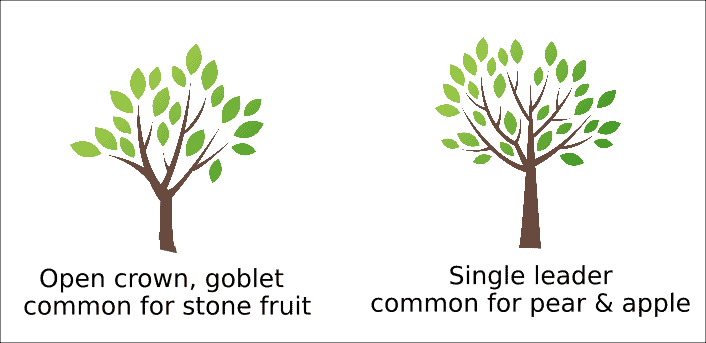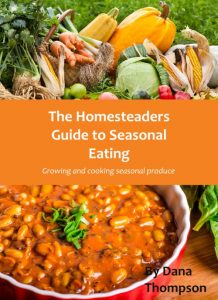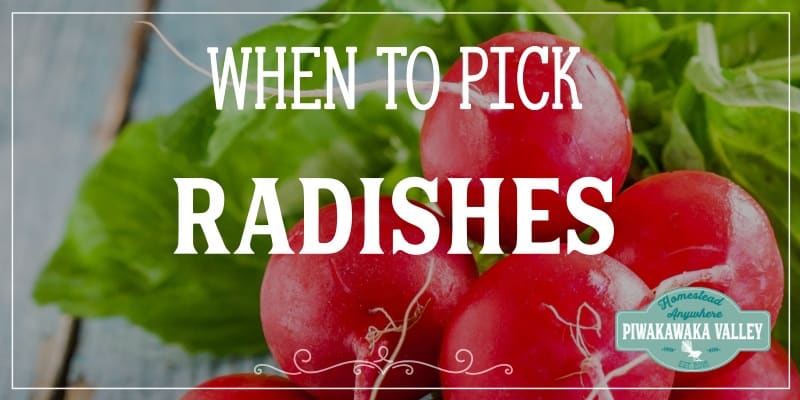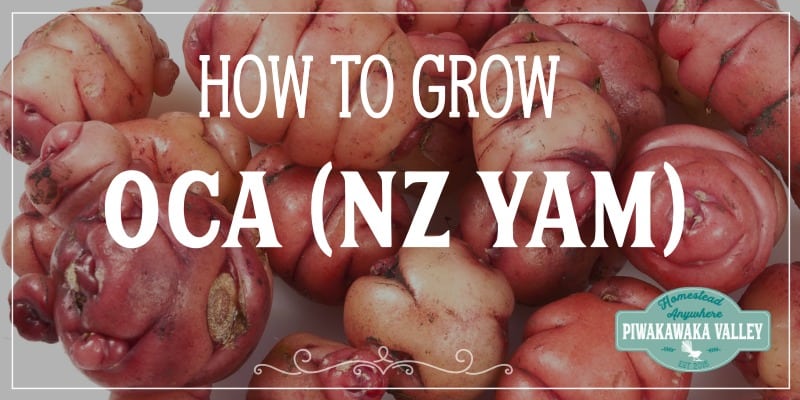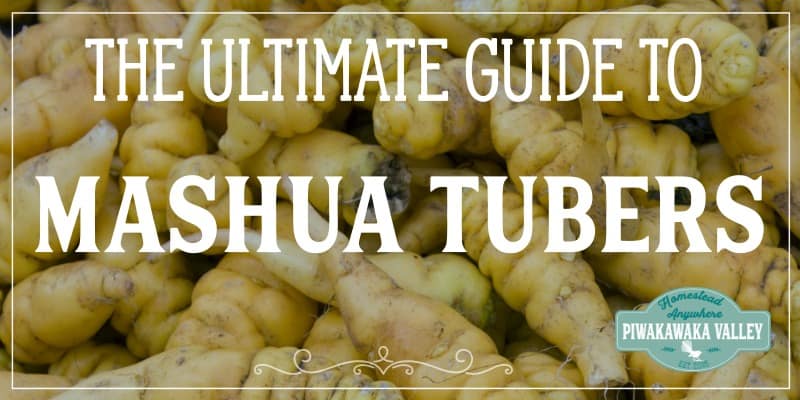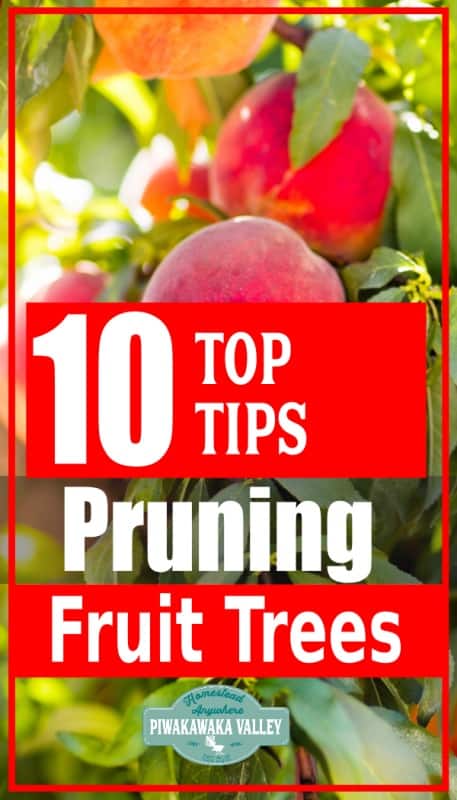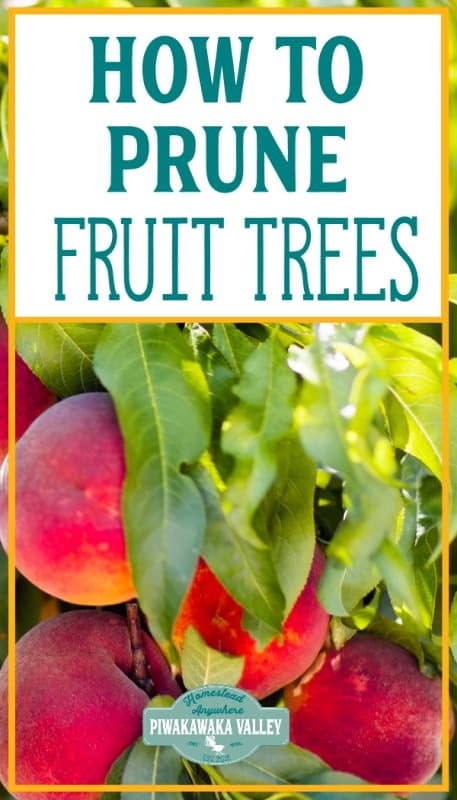Pruning fruit trees is one of the more intimidating parts of growing your own food for many. But this easy guide will show you how to prune fruit trees in winter in your backyard orchard the easy way.
Pruning apple, pear, plum, peach, apricot or nectarines is actually easy once you understand a few basics.
Please read: This information is provided for educational purposes only and is not intended to treat, diagnose or prevent any disease. We encourage you to make your own health care decisions in partnership with a qualified health care professional.
This post contains affiliate links, this means at no extra cost to you, we make a commission from sales. Please read our Disclosure Statement
How to prune fruit trees
I have put together a video of me teaching my sister and brother in law about fruit tree pruning that you will probably find quite useful.
The goal of pruning fruit trees
- Increase airflow and sunlight penetration into a tree for healthier trees less likely to be plagued by disease.
- Guide the tree on where to add new growth by pruning out branches that go the wrong way and cutting branches at points of outward-facing buds
- Remove diseased wood and branches that invite wounds by rubbing against surfaces or each other.
- Shape the tree with detail pruning during the dormant season (winter).
- Keep the tree small with vigor-reducing pruning in summer as required
- Increase fruit size and quality by thinning baby fruits so that fewer, larger, uncrowded fruit mature.
- Promote high fruit quality by reducing or promoting leaf cover over fruit, depending on climate. In hot summer areas, sunscald of fruit is minimized by allowing greater leaf-cover over fruit. In cool-summer areas, fruit ripening is encouraged by thinning leaf-cover over fruit clusters.
- Keep the trees small enough to fit your space, and even to be able to harvest the fruit without a ladder.
Pruning trees for the first time
The truth is, good pruning of a fruit tree isn’t particularly difficult if you understand why you are doing it. I think one of the things that can make fruit tree pruning intimidating is the advice on how to prune, which always seems to come with a huge list of Dos and Don’ts that can leave the impression that pruning is the horticultural equivalent of defusing a bomb.
But it’s not – more like the horticultural equivalent of cutting hair – and once you understand why you prune and how trees respond, you can get out to your own fruit trees and start making informed decisions about how you want to work with your trees.
If your trees are straight from the nursery, your first pruning will be a key element in deciding the future shape of your whole tree. No pressure.
Stone fruit – peaches, nectarines, plums and apricots are usually pruned in to an open crown, vase or goblet shaped tree.
Apples and pears are usually pruned with one main leader (the trunk) with scaffold branches coming out in levels from that.
How to winter prune stone fruit
Winter pruning is all about making the tree the right shape.
Having an open centre, which effectively means removing the main trunk, helps with air flow to reduce pest and disease build-up and allows easier access to blossoms for bees for increased pollination. Without an open habit, dense branches will be shaded and will not crop prolifically.
Pruning stone fruit in the first year
When you get your stone fruit from the nursery, you will need to do some drastic pruning. For the first winter you simply cut it off about 1.5-2 feet (45-60cm) leaving only a trunk and some buds. This will force the tree to grow branches at the top of the trunk.
These will become your scaffold branches.
Pruning stone fruit in the second year
In the second year, choose 3-4 of these branches to continue to grow. Choose ones that are well spaced apart and point out rather than straight up.
Remove all other branches back at the main stem.
Remove any small branches pointing in to the middle of the tree, imagine these as big branches, you don’t want these growing in to the crown that we are trying to keep open.
Prune the scaffold branches back by 1/3 to a bud that points outward and downward, this is where the extension of this branch will now grow and we are aiming to open up that crown.
Pruning stone fruit in subsequent years
Peaches and nectarines produce flowers on previous season’s growth, so don’t prune all the tips of the tree in winter as this is where the flowers and fruit will be borne in the coming season.
Remove any:
- Damaged wood
- Diseased wood
- Branches that are crossing over
- Branches that are pointing in to the middle
- Over-crowded branches – choose one strong one and remove the rest
- Trim back overly long growth by 1/3 to an outward, downward facing bud
Where different stone fruit grow their fruit
Apricots mainly form fruit on two-year-old wood called spurs. These spurs will be productive for two or three years so don’t remove them until they no longer produce fruit.
Plums and plumcots are generally pruned into a vase shape, but the variety of plum will influence where the fruit is mainly produced.
European varieties (that’s Prunus domestica – including damsons, greengages and prune varieties) form fruit mainly on semi-permanent spurs, with a small amount on the previous season’s growth.
Japanese varieties (Prunus salicina – including ‘Elephant Heart’, ‘Fortune’, ‘Santa Rosa’, ‘Satsuma’ and all plumcot varieties) fruit mainly on previous season’s growth, with a light crop on older spurs.
Try not to remove your trees fruiting spurs on the main framework that you are planning on keeping, but don’t feel guilty for removing them on a poorly placed branch that you need to remove anyway.
How to prune apples and pears
You can choose to grow apples and pears as a vase/open crown/goblet shape if you prefer, but it is not the shape they naturally grow in, and you may find that they continually try to grow new leaders (straight upward branches). This is especially true with pear trees.
Sometimes (usually!) it is better to not argue with nature.
This means leaving the main trunk intact, with tiers of branches usually about 60cm apart – any closer and there will be too much shading, reducing fruit spur production.
Apple and pear branches are most productive if trained to grow horizontally by tying or weighing the branches down while the branches are young and pliable if you can.
Young trees will often be grown in the nursery to have a tier of four or five branches evenly spaced around the trunk at around 1m/3ft high, try and keep this as the start of the main structure of the tree.
The next set of branches should be about 60-90cm/2-3ft above these, so anything that grows between should be snipped off before they grow too thick.
Repeat the tiers as the tree grows, with the same distance between branches. The starting height of branches can differ depending on your needs. You may want lower branches to make picking easier, or higher branches to make mowing underneath easier.
Ultimately you choose how tall your tree eventually grows, once it is tall enough, you need to keep it topped.
These scaffold branches may have small branchlets, but are usually covered in short stubby growth called spurs, which is where the fruit is borne. These spurs produce fruit in the same area, year after year, so should not be pruned off.
Tip bearing apples
“Fuji”, “Granny Smith” and “Royal Gala” apples need to be pruned differently. They are tip-bearing varieties, which, as the name suggests, produces fruit on the tips of the branches, rather than spurs.
For these the encouragement of many tips for more fruit-producing branches is the goal. Remove the ends of branches in winter to encourage forking of the branch for more tip-bearing shoots.
Size limiting pruning – summer vs winter pruning
Typically, fruit tree pruning is thought of as a dormant season (winter) activity. Almost all methods of training fruit trees require dormant pruning.
Winter pruning has some real advantages. When a tree has lost its leaves you can see the structure of the tree, you can make cuts to correct the shape more easily. We want a strong, solid scaffold for our fruit trees, and this is achieved by careful detail pruning in winter for shape and structure.
However, winter pruning is not about size control of the tree, and if you try to winter prune for size control you will quickly be in a terrible battle with your tree, because you will be sending it very mixed signals.
The root size determines the tree size
Trees strive to balance their root mass and their leaf canopy. From Spring through late Summer, a deciduous tree is actively growing both leaves and branches and its underground root structure to match.
A tree can’t grow more canopy than its root structure will support, but it will do whatever it must to balance the two.
Sometimes this means root dieback, sometimes this means canopy expansion.
If you let a tree grow all summer without any pruning, the tree captures all that solar energy and converts this into a strong, expanded root structure.
Then by aggressively pruning a tree back during winter, in spring the tree “wakes up” and notices that it has a root system far larger than its pruned-down canopy needs so it sends out LOTS of growth.
The result is typically water sprouts, ugly, straight-up branches that a tree can grow quickly and hang a lot of leaves on and not grow fruit – not ideal.
On the other hand, if you come through once or twice during the growing season and prune back some of the actively growing leaf mass – long, whippy, new growth branches, typically – you are limiting the vigor of a tree.
So, for size restriction of fruit trees, I am a big fan of summer pruning. And really, there’s no easier pruning. As your tree grows and develops, if something is too long, or too tall, or sticking out too far, you just cut it off.
Cutting a branch so it doesn’t damage the tree
If you need to remove a branch that is too large for your loppers you will need to use a saw. I like my fold out pruning saw. To cut a branch, cut as close to the main trunk as you can, and start by cutting upwards through the bark first, then move the saw to cut down towards the upward cut you made. This stops the bark from tearing and damaging the tree.
These larger branches are best covered with a pruning paste to keep fungal infections out of the cut.
Smaller branches can be cut with SHARP secateurs or loppers, you want a clean cut, not a crush injury.
We have put together a fantastic resource on growing your own food year round – The Homesteaders Guide to Seasonal Eating shows you STEP BY STEP how to start and grow a garden at your place.
Every season there are planting guides, gardening lessons, garden tasks and chores, recipes and ways to preserve your harvest. 266 pages of self sufficiency right there!
If you would like help getting the most out of your garden, I would love to help you, find out more here
RELATED: Free Gardening Resources
If you like tips on frugal living, self sufficiency and consuming less, sign up to our newsletter below, I would LOVE to have you
For further reading, I really recommend all of these books. I own every one of them and they are amazing resources!


